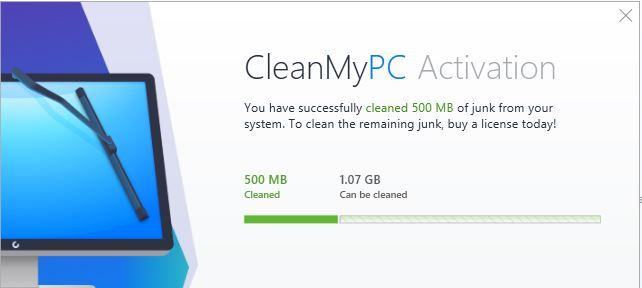How Can I Clean My Memory For Mac
Yesterday,, a Mac app that helps you optimize system memory to help you through periods of sluggish behavior. Is another such free app that takes a slightly different approach to monitoring memory resources. If you could combine the two, you might have the perfect memory optimizer for OS X. But because the technology does not exist to combine these two apps, let's take a look at how Memory Clean goes about its business and how it differs from Memory Diag. Screenshot by Matt Elliott/CNET Like Memory Diag, Memory Clean installs an icon in the menu bar. By default, the icon features a small dial graphic showing the amount of free memory your Mac currently has at its disposal.
How Do I Clean My Memory Foam Mattress
In preferences, you can hide the dial graphic while keeping the dynamic free memory figure. You can also change the number to display as a percentage, and you can add Memory Clean to the Dock and have it start when you log in. Advanced preferences let you set a threshold level for when your free memory goes into the red. That is, at what point you'd like Memory Clean's number in the menu bar to turn red to alert you that you are running low on memory resources. There is also a box to check to have the app autoclean your Mac's memory when it falls below that threshold. Screenshot by Matt Elliott/CNET I don't have any scientific or anecdotal evidence to support the following advice, but I would counsel you against enabling Auto Clean.
Like Memory Diag, Memory Clean is most effective after you close an intensive app because it cleans up the caches that the application left littered across your Mac that can fragment your memory and slow down performance. I would get in the habit of running Memory Clean in such instances rather than having it automatically kick in when memory resources are running low and your system is feeling sluggish. When Memory Clean cleans your memory, your already slow system will proceed to get even slower. Better to quit any demanding apps to bring your system back up to something resembling full speed before running Memory Clean to optimize performance further.

Price for a used mac mini 2014 , 4 gb, 1.4 mhz, 500 gb hard drive. What is the best tool for makimg a bootable flash mac os drive. To run Memory Clean, click its icon in the menu bar. A window will appear to show dynamic figures of your Mac's current active, wired, inactive, and free memory.
Click the Clean Memory button to initiate a scan to free up more memory. The scan takes between 15 and 30 seconds to run, in my experience. Alternatively, you can right-click the menu bar icon to access via a small pull-down menu the same stats and clean-memory command, along with the app's preferences.
Clean your Mac's hard drive. Sometimes, all your MacBook needs is a data clean-up. Over the years, you've probably cluttered your Mac with files and applications you no longer use or need. You can delete many of these files without affecting your Mac, and you can save significant space, since some of these files can be quite large. For instance, in the screenshot above, you can see. The thing about temporary files, of course, is that most of them are going to come back after you use your Mac for a while. So deleting temporary files is great, but only works for a while. Check Your Disk to See What is Taking Up Space and Find Large Files. To free up disk space, it’s helpful to know exactly what is using disk space on your Mac. Sep 13, 2018 This wikiHow teaches you how to free up Random Access Memory (RAM), which is the portion of your computer's or smartphone's memory that is dedicated to running programs. You can almost always free up RAM by closing open programs and, if necessary, restarting your.